Supporting SEND Through Training
21/03/2023
When it comes to supporting a child’s learning and development, the first thing we learn as educators is that each child is unique and will learn and develop at different rates and in different ways. With the right support and understanding, they will achieve their best outcomes and grow into happy, confident adults.
When supporting a child with additional needs or disabilities, these needs may be even more varied and specific, and understanding them is vital for their wellbeing and development. They should not be limited or defined by their SEN need, but instead encouraged at a rate and in a way that is specific to them. By educational provisions providing reasonable adjustments for these children, it will give them access to the same opportunities as their peers whilst ensuring their individual needs and health and safety is not compromised.
With the number of children in the UK who have an Education, Health and Care (EHC) plan or Statement of SEN reaching more that 350,000 in 2021/2022, it is no surprise the government has recently revealed plans to invest more in SEND training through their transformational reform. This investment is evidence of the fact that education and awareness around additional needs is key if we are to banish stereotypes and encourage better understanding of what it means to live with a disability.
Early support is key for young children’s outcomes, which is why SEND training within Early Years is so important. Practitioners and educators need knowledge and understanding of child development and typical milestones in order to spot or identify any areas of concern. Many children’s SEN needs will be picked up by the ongoing early assessment and observations completed by a child’s key person, who may notice regression or that a child is not progressing as expected.
Working in partnership with parents is essential and allows the setting to create an individualised support pack with targeted plans to improve the outcomes for the child’s areas of need. In many cases this support will be enough via the key person and the settings SENCO, but there may be cases where external agency involvement may be required to potentially seek a formal diagnosis, or to access additional professional support and expertise.
It is important to focus on a child’s strengths and capabilities, rather than getting caught up on labels or what they may find challenging. It’s also important to continually assess the care being delivered to them. It may be that the level or type of support needs adjusting; remember it’s the care that needs to adapt rather than the child themselves.
Further reading:
Some Statistics:
Number of children receiving SEN support 1,1,29,843. Including from state funded nurseries, primary & secondary & special school provision.

